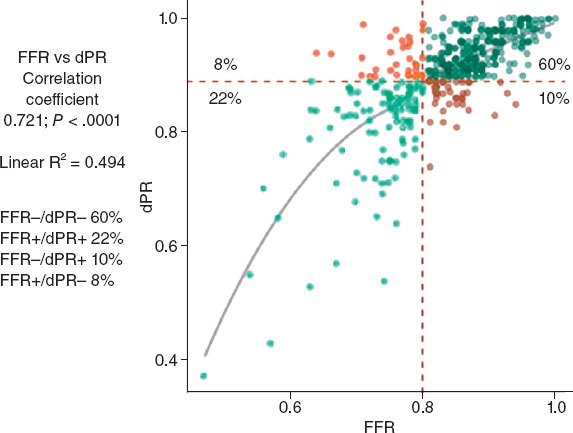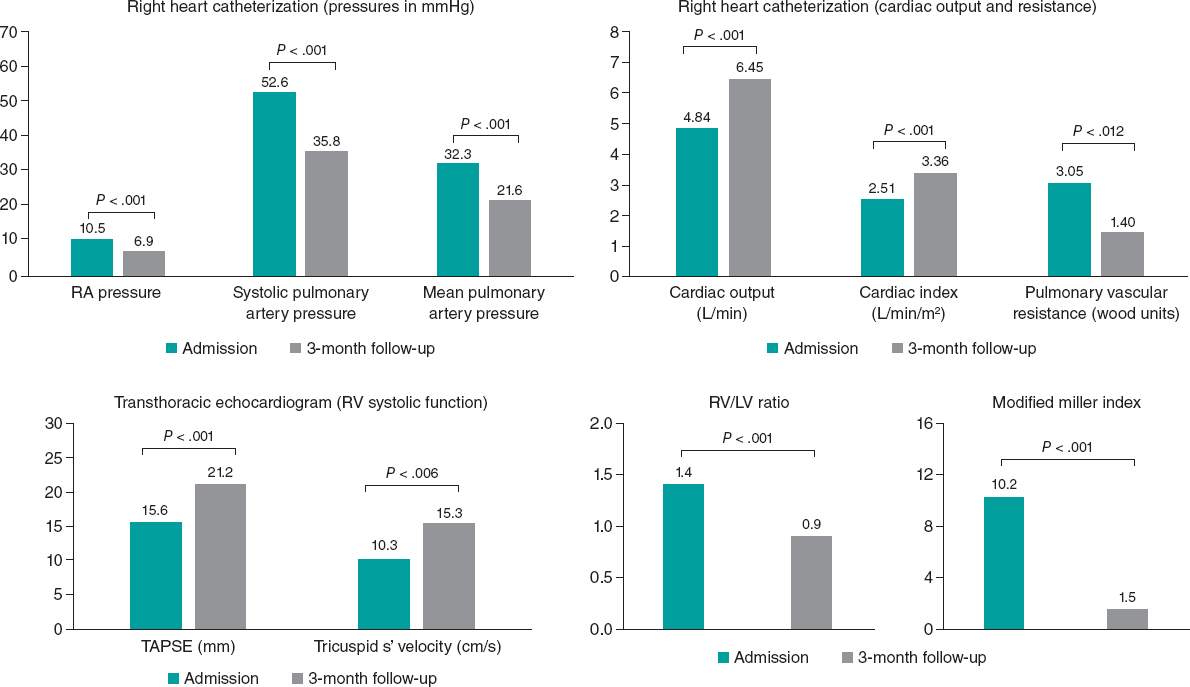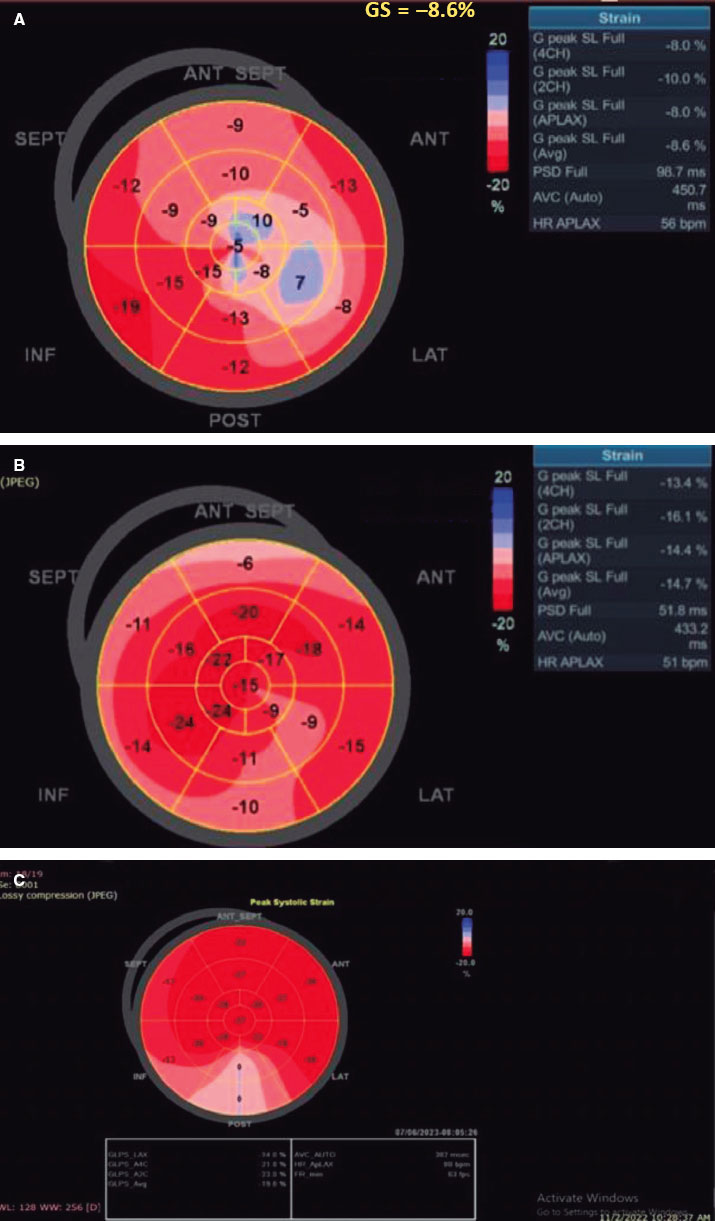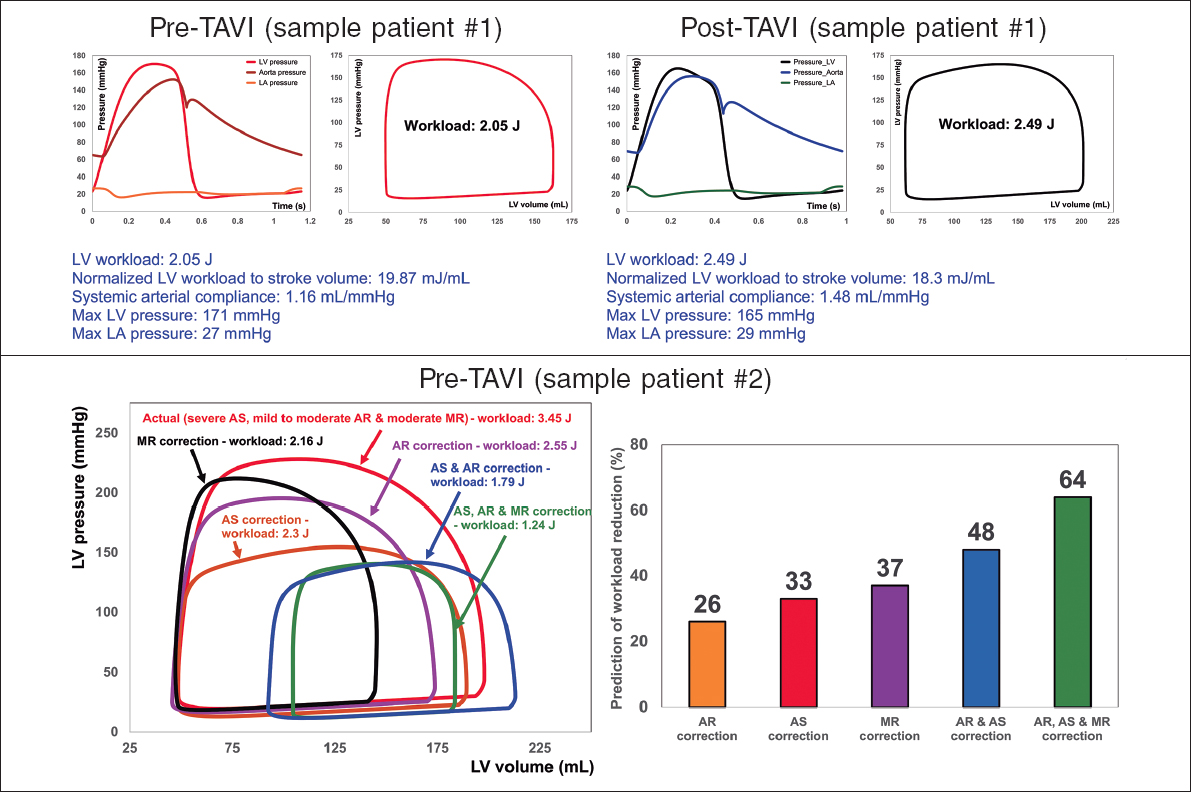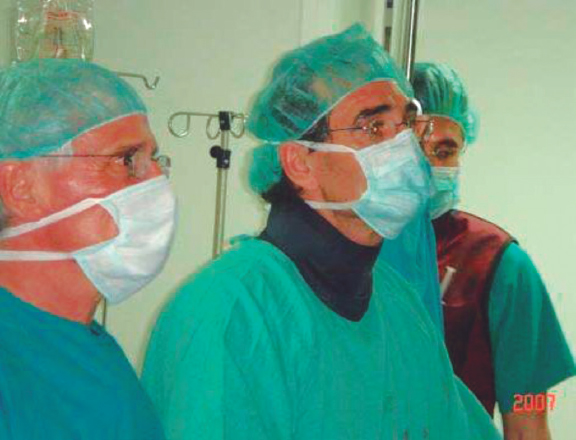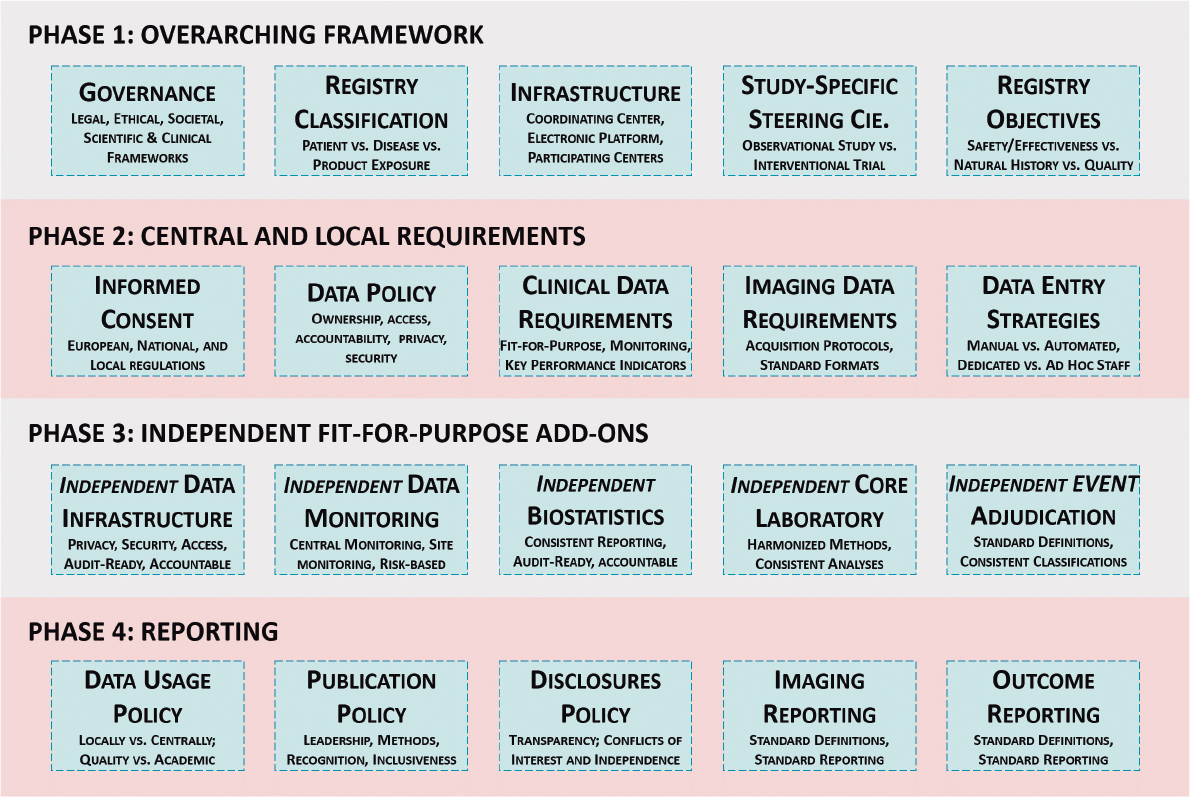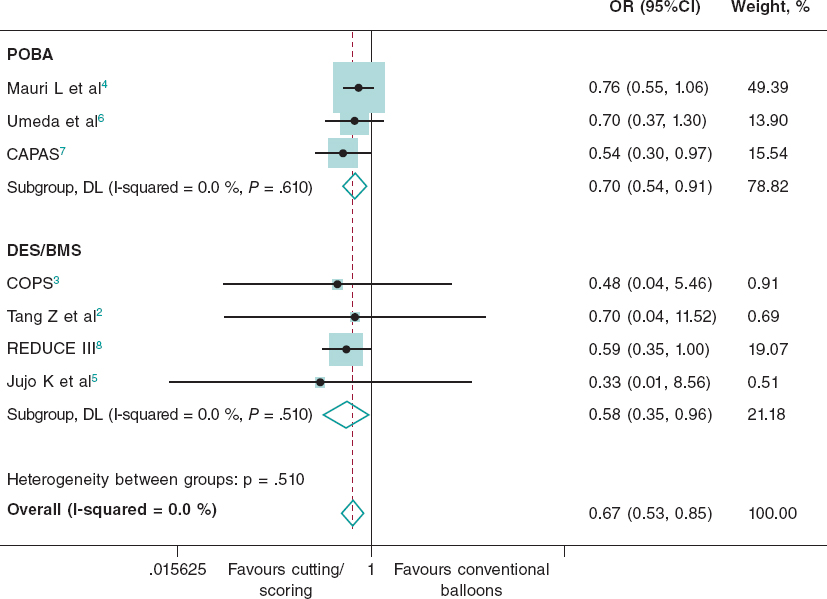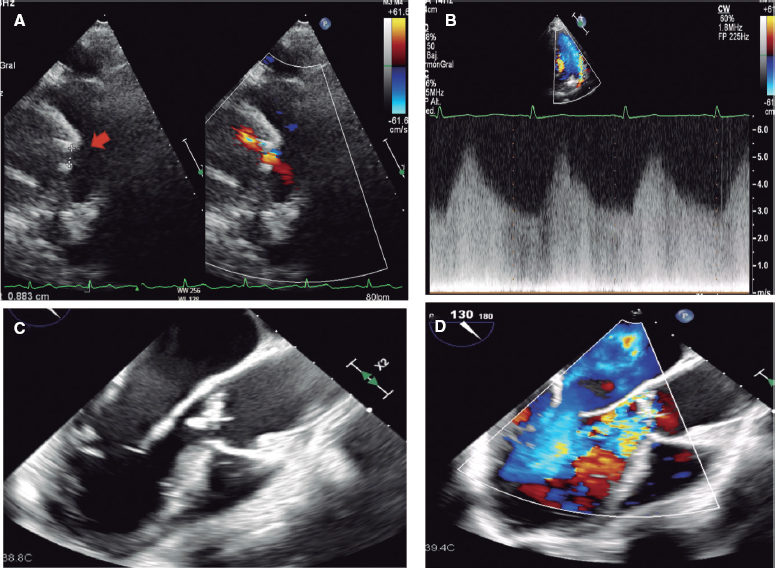INTRODUCTION
Preventive percutaneous coronary intervention (PCI) refers to the treatment of high-risk plaque before the occurrence of any adverse events. Typically, the decision to perform preventive treatment is made when the expected event rate of the underlying condition outweighs the potential short- and long-term complications of the procedure. This approach is also applicable to the treatment of coronary disease. In recent years, advances in understanding atherosclerotic plaque progression and identifying high-risk plaques, along with technological progress in coronary devices, have shifted the balance between the risks of the underlying condition and those of percutaneous treatment.
THE CONCEPT OF VULNERABLE PLAQUE
The understanding of high-risk coronary plaques, also known as vulnerable plaques, has evolved over the years. Initially, a vulnerable plaque was often considered an angiographically nonsignificant stenosis that was prone to rupture and cause acute coronary syndrome.1 The PROSPECT study was the first landmark trial to focus on the natural history of vulnerable plaques, assessed using intravascular ultrasound with virtual histology.2 This trial was the first to define specific criteria for plaque vulnerability, notably thin-cap fibroatheroma (TCFA). TCFA is characterized by a lipid-rich plaque with a necrotic core, separated from the vessel lumen by a thin fibrotic cap. The trial also identified 2 other quantitative criteria: a plaque burden > 70% and a minimum lumen area (MLA) < 4.0 mm2. Despite its major contributions, the study had limitations: a) the resolution of intravascular ultrasound with virtual histology was not sufficient to detect the cap thickness ≤ 0.65 µm (cutoff value for true TCFA), and b) the trial could not exclude the absence of ischemia in lesions that led to events.
THIN-CAP FIBROATHEROMA
The use of more sophisticated imaging modalities, such as optical coherence tomography (OCT), which has a resolution of 10 to 20 µm and is therefore able to detect TCFA, has paved the way for the true detection of vulnerable plaque. Indeed, the COMBINE OCT-FFR trial,3 a natural history study that compared the outcomes of nonischemic lesions, categorized as TCFA or non-TCFA based on OCT assessment, showed for the first time that even in the absence of ischemia, the presence of an OCT-assessed TCFA was associated with a 4-fold higher event rate compared with lesions without TCFA. This trial provided evidence that the morphological features of a lesion might be more important than ischemia in predicting future adverse events, opening the door to the potential treatment of nonischemic lesions.
Interestingly, our group has also shown that TCFA, rather than any lipidic plaque, is associated with future adverse events, while lipidic plaques with a thick cap have a benign outcome comparable to that of fibrotic plaques. This finding suggests that only about a third of all lipidic plaques and less than a quarter of all plaques might benefit from pre-emptive treatment.4 Other studies, such as CLIMA5 and PECTUS,6 have corroborated the role of TCFA in predicting future adverse events. Similarly, Kubo et al.7 have also shown that the presence of TCFA is associated with a high rate of future adverse events.
VULNERABLE PLAQUE NEW CONCEPTS
Recent studies have demonstrated that, contrary to previous beliefs, vulnerable plaques that lead to future adverse events typically have a large plaque volume and show a significant degree of luminal stenosis. COMBINE OCT-FFR and the FORZA trial8 both independently found that an MLA cutoff of 2.5 mm2 was a better predictor of future adverse events than the previously considered 4.0 mm2.
In addition to MLA, other plaque features are associated with vulnerability. A recent post hoc analysis from the COMBINE OCT-FFR study9 showed that, beyond MLA, other signs of plaque destabilization adjacent to TCFA, such as old plaque ruptures or healed plaques, are associated with a significantly increased rate of adverse events. When vulnerability features coexist, the event rate can progressively increase. For example, while TCFA alone was associated with a 20% future adverse event rate, a combination of TCFA with MLA < 2.5 mm2 adjacent to a healed plaque was associated with an event rate of 50%.
These findings are important as they introduce a new way of thinking about vulnerable plaques. The concept has shifted from a simple yes/no binary to a variable and progressive model. In this model, the vulnerability of a plaque increases based on the number of high-risk features present, with the most vulnerable plaques being those with more than 3 risk factors.
The notion that a plaque that ruptures without causing an acute event will heal and stabilize has also been challenged. “Healed” plaques often do not represent stable plaques but are prone to new ruptures in adjacent locations, making them one of the strongest predictors of vulnerability. Araki et al.10 have very nicely shown that multiple repeat plaque ruptures and healings are the true mechanisms behind atherosclerosis progression.
It is understandable that growth in the volume of intraluminal plaque parallels ischemia progression, as plaque progression will eventually lead to ischemic lesions. However, it is important to recognize that, based on this rupture and healing model of plaque progression, any future destabilization (rupture and/or healing) of a plaque with vulnerable features—whether angiographically borderline or already significant but not yet ischemic—could result in either an acute coronary syndrome or rapid progression (from one day to the next) of luminal stenosis, leading to ischemia and likely stable or unstable angina.
Based in this rationale, revascularization based on OCT imaging, which has the potential to detect these plaques, becomes an appealing strategy, rather than relying solely on ischemia-guided intervention. The FORZA trial was the first to show a benefit for imaging-guided PCI vs ischemia-guided PCI. However, the trial used only quantitative OCT criteria rather than a combination of quantitative and qualitative OCT vulnerability criteria. As explained above, the benefit of OCT guidance lies in its ability to identify lesions with a high degree of vulnerability that do not yet cause symptoms, thereby paving the way for preventive PCI.
IMPROVED PCI OUTCOMES
Improvements in stent technology, PCI techniques, and intravascular imaging guidance have led to very low complication rates with PCI, especially in nonseverely stenosed lesions. The PREVENT trial,11 which compared a medical therapy vs PCI in lesions with a diameter stenosis of ≥ 50% but which were otherwise nonischemic, showed very low event rate in the PCI arm (< 1%). This suggests that PCI can currently provide lower event rates than medical therapy for these high-risk vulnerable lesions.
IMPROVING THE CURRENT REVASCULARIZATION STRATEGY BY INTEGRATING A PREVENTIVE VULNERABLE PLAQUE INTERVENTION
Interestingly, while at first glance, an approach similar to that of the PREVENT trial might seem to open the door to stenting all intermediate lesions, the reality is different. The ability of OCT to detect truly vulnerable features has significantly limited the number of lesions that might benefit from preventive PCI. In patients without ischemia but with a lesion that has a diameter stenosis of more than 50%, the prevalence of vulnerable lesions according to OCT criteria may range between 10% and 20% compared with > 90% in the PREVENT trial.
On the other hand, large trials like ISCHEMIA12 and FAME 2,13 have shown that approximately 20% of patients with ischemic lesions are unresponsive to medical treatment and require PCI to control angina symptoms. Interestingly, this 20% corresponds to the percentage of truly ischemic lesions, defined as having a fractional flow reserve (FFR) of < 0.75.14 Therefore, it can be deduced that there is still a role for ischemia detection and revascularization of these lesions with true ischemia (FFR < 0.75), regardless of the presence of vulnerability features. Meanwhile, the role of preventive PCI could be reserved for plaques with highly vulnerable features that show at least an intermediate degree of stenosis but are otherwise nonischemic.
If such a combined decision-making strategy is correctly applied, the number of lesions that may benefit from PCI treatment could be similar to or even lower than those identified through the current ischemia-driven revascularization strategy alone. Indeed, with this new combined strategy, the only lesions requiring PCI would be those with true ischemia (FFR ≤ 0.75), which represent about 20% of lesions, and those with high-risk vulnerable plaque, which represent another 10% to 20% of all lesions. This compares with the 40% of lesions that currently undergo PCI based on an ischemia-driven revascularization strategy (FFR ≤ 0.80).
This combined FFR- and OCT-guided treatment strategy in patients with multivessel disease (lesions with angiographic stenosis > 50%) presenting with stable or acute coronary syndromes is now being tested in the COMBINE-INETREVENE trial (NCT05333068), a global randomized controlled trial. This new strategy involves reserving PCI to lesions with an FFR of ≤ 0.75, as well to to all lesions with an FFR > 0.75 that show vulnerable features such as TCFA, ruptured plaque, or plaque erosions with significant lumen reduction (MLA < 2.5 mm2).
Another trial implementing a purely preventive percutaneous treatment is the VULNERABLE trial (NCT05599061), an ongoing multicenter study in Spain that tests a similar concept but focuses solely on nonischemic, ST-segment elevation myocardial infarction nonculprit lesions with high-risk vulnerable features. We believe that the results of these trials, as well as new imaging technologies that could lead to automatic detection of vulnerable plaques, combined imaging and hemodynamic assessment modalities, and improved intracoronary treatment devices (whether implantable or not), will provide new insights into the role of preventive PCI.
FUNDING
There was no funding for this manuscript.
CONFLICTS OF INTEREST
E. Kedhi has received institutional research grants from Medtronic and Abbott and is a proctor for Abbott.
REFERENCES
1. Virmani R, Burke AP, Farb A, Kolodgie FD. Pathology of the vulnerable plaque. J Am Coll Cardiol. 2006;47:C13-C18.
2. Stone GW, Maehara A, Lansky AJ, et al. PROSPECT Investigators. A prospective natural-history study of coronary atherosclerosis. N Engl J Med. 2011;364:226-235.
3. Kedhi E, Berta B, Roleder T, Hermanides RS, et al. Thin-cap fibroatheroma predicts clinical events in diabetic?patients with normal fractional flow reserve:the COMBINE OCT-FFR trial. Eur Heart J. 2021;42:4671-4679.
4. Fabris E, Berta B, Roleder T, et al. Thin-Cap Fibroatheroma Rather Than Any Lipid Plaques Increases the Risk of Cardiovascular Events in Diabetic Patients:Insights from the COMBINE OCT-FFR Trial. Circ Cardiovasc Interv. 2022;15:011728.
5. Prati F, Romagnoli E, Gatto L, et al. Relationship between coronary plaque morphology of the left anterior descending artery and 12 months clinical outcome:the CLIMA study. Eur Heart J. 2020;41:383-391.
6. Mol JQ, Volleberg RHJA, Belkacemi A, et al. Fractional Flow Reserve-Negative High-Risk Plaques and Clinical Outcomes After Myocardial Infarction. JAMA Cardiol. 2023;8:1013-1021.
7. Kubo T, Ino Y, Mintz GS, Shiono Y, Optical coherence tomography detection of vulnerable plaques at high risk of developing acute coronary syndrome. Eur Heart J Cardiovasc Imaging. 2021:jeab028.
8. Burzotta F, Leone AM, Aurigemma C, et al. Fractional Flow Reserve or Optical Coherence Tomography to Guide Management of Angiographically Intermediate Coronary Stenosis:A Single-Center Trial. JACC Cardiovasc Interv. 2020;13:49-58.
9. Del Val D, Berta B, Roleder T, et al. Vulnerable plaque features and adverse events in patients with diabetes mellitus:a post hoc analysis of the COMBINE OCT-FFR trial. EuroIntervention. 2024;20:707-717.
10. Araki M, Yonetsu T, Kurihara O, et al. Predictors of Rapid Plaque Progression:An Optical Coherence Tomography Study. JACC Cardiovasc Imaging. 2021;14:1628-1638.
11. Park SJ, Ahn JM, Kang DY, et al. PREVENT Investigators. Preventive percutaneous coronary intervention versus optimal medical therapy alone for the treatment of vulnerable atherosclerotic coronary plaques (PREVENT):a multicentre, open-label, randomised controlled trial. Lancet. 2024;403:1753-1765.
12. Maron DJ, Hochman JS, Reynolds HR, et al. ISCHEMIA Research Group. Initial Invasive or Conservative Strategy for Stable Coronary Disease. N Engl J Med. 2020;382:1395-1407.
13. De Bruyne B, Pijls NH, Kalesan B, et al. FAME 2 Trial Investigators. Fractional flow reserve-guided PCI versus medical therapy in stable coronary disease. N Engl J Med. 2012;367:991-1001.
14. Davies JE, Sen S, Dehbi HM, et al. Use of the Instantaneous Wave-free Ratio or Fractional Flow Reserve in PCI. N Engl J Med. 2017;376:1824-1834.



